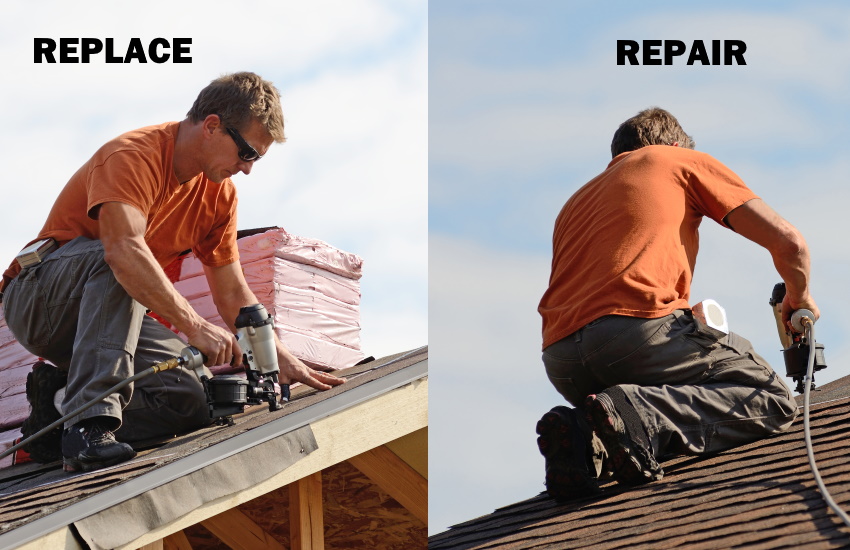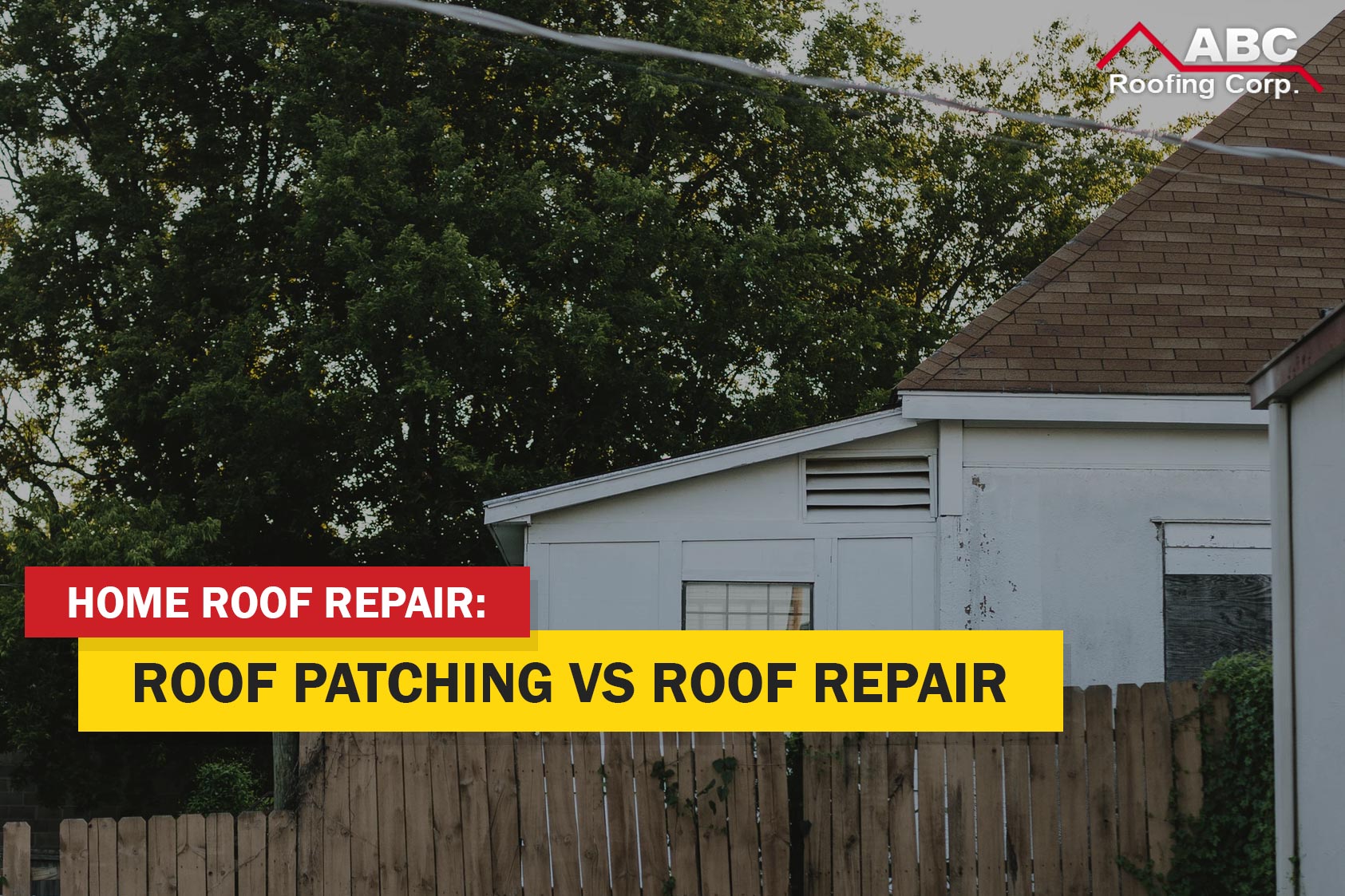Roofers Oahu: Expert Roof Installations and Fixes
Roofers Oahu: Expert Roof Installations and Fixes
Blog Article
Recognizing the Various Sorts Of Roofing Systems: A Comprehensive Guide for Homeowners
With a selection of options-- ranging from the traditional gable to the modern level-- each kind provides unique benefits and difficulties that need to align with the home owner's ecological factors to consider and certain requirements. As we check out the intricacies of various roof types, it comes to be evident that one dimension does not fit all; the best option may surprise you.
Gable Roofing Systems
Saddleback roofs, identified by their triangular shape, are among one of the most prominent roofing designs due to their simpleness and effectiveness in shedding water and snow. This style includes two sloping sides that satisfy at a ridge, permitting reliable drainage and reducing the threat of water accumulation. The high pitch typically connected with gable roofs enhances their ability to handle heavy precipitation, making them ideal for numerous environments.
In enhancement to their functional advantages, saddleback roofs provide visual convenience. They can be adjusted to various architectural designs, from traditional to modern-day homes. The design can likewise suit additional features such as dormer home windows, which improve natural light and ventilation in the attic room area.
Additionally, gable roofing systems provide sufficient room for insulation, contributing to power efficiency. Home owners can select from a variety of roof products, consisting of asphalt roof shingles, steel, and floor tiles, even more boosting personalization options.
In spite of their benefits, gable roof coverings might require added support in areas susceptible to high winds or heavy snowfall. Generally, the saddleback roof stays a favored selection due to its blend of capability, sturdiness, and aesthetic charm.
Apartment Roofs
Level roofings are often recognized for their minimalist layout and functional applications, specifically in industrial and industrial settings (oahu roofing). These roofing systems include a nearly straight or straight surface area, which enables for simple building and construction and versatile area use. While they might do not have the aesthetic allure of angled roofs, flat roofings provide many benefits, especially in city environments where optimizing space is crucial
Among the main advantages of level roof coverings is their access. Homeowners can use the roof area for numerous functions, such as rooftop gardens, balconies, or solar panel setups. In addition, level roof coverings are commonly a lot more cost-efficient to maintain and set up contrasted to their sloped equivalents, as they call for less materials and labor.
Typical materials utilized for level roof coverings consist of built-up roof (BUR), changed asphalt, and single-ply membranes, each offering distinct advantages. On the whole, level roof coverings offer as a useful and versatile option for many house owners and services alike.
Hip Roofs
Hip roof coverings are defined by their sloped sides that converge at the top, forming a ridge. This layout stands out from gable roofing systems, as all 4 sides of a hip roof incline downwards toward the walls, offering an extra secure framework. The angle of the inclines can differ, permitting versatility in building appearances and performance.
One of the key advantages of hip roof coverings is their capability to hold up against heavy winds and damaging climate conditions. The sloped surfaces make it possible for better water drainage, decreasing the danger of leakages and water damages. In addition, hip roofs supply increased attic area, which can be used for storage space or perhaps transformed right into comfortable areas.
Nonetheless, building a hip roofing can be extra complicated and pricey than simpler roofing types, such as saddleback roofs. The added product and labor entailed in developing the inclines and ensuring appropriate structural integrity can result in higher expenditures. In spite of these downsides, numerous homeowners favor hip roofs for their sturdiness, visual appeal, and possibility for power efficiency.
Mansard Roofing Systems
Mansard roofings, frequently identified by their one-of-a-kind four-sided style, attribute 2 slopes on each side, with the reduced incline being steeper than the top. This architectural style, originating from France in the 17th century, is not just visually enticing yet functional, as it takes full advantage of the functional room in the upper floors of a building. The high reduced incline permits for even more headroom, making it an optimal option for attic rooms or loft spaces, which can be converted into living areas.
Mansard roofings are identified by their versatility, fitting numerous architectural styles, from typical to modern-day. They can be constructed with various products, including asphalt tiles, Click This Link slate, or steel, giving homeowners with a variety of options to suit their spending plans and preferences. Additionally, the design allows for the assimilation of dormer home windows, boosting all-natural light and ventilation in the upper levels.
Nonetheless, it is important to consider the possible downsides. Mansard roofs might need more upkeep because of the intricacy of their design, and their steep slopes can be testing for snow and rainfall overflow. Overall, mansard roofs incorporate style with practicality, making them a popular choice amongst house owners looking for unique architectural functions.
Dropped Roofings
As house owners increasingly look for simpleness and performance in their building designs, shed roof coverings have become a popular selection. Defined by a solitary sloping airplane, a shed roof provides a minimalist visual that complements various home designs, from modern to rustic.
One of the key advantages of a shed roof is its uncomplicated building, which often translates to reduce labor and product expenses. This style allows for effective water drainage, minimizing the threat of leakages and water damage. Furthermore, the upright incline provides sufficient area for skylights, enhancing natural light within the interior.
Lost roof coverings also supply flexibility in terms of use. They can be efficiently incorporated right into enhancements, garages, or exterior frameworks like sheds and structures. Furthermore, this roofing system style can fit numerous roofing materials, including steel, asphalt shingles, or perhaps green roofings, lining up with environment-friendly efforts.
However, it is necessary to consider local environment problems, as hefty snow loads might necessitate modifications to the roofing's angle or structure. Generally, dropped roofs present a practical and visually pleasing choice for house owners wanting to take full advantage of functionality without endangering design.
Conclusion


Gable roofing systems, defined by their triangular form, are amongst the most popular roofing styles due to their reference simplicity and effectiveness in shedding water and snow. oahu roofing. The high pitch generally connected with gable roof coverings enhances their capacity to take care of heavy precipitation, making them suitable for different climates
While they might lack the visual allure of pitched roof coverings, level roofings offer various advantages, specifically in urban settings where making the most of room is vital.

Report this page